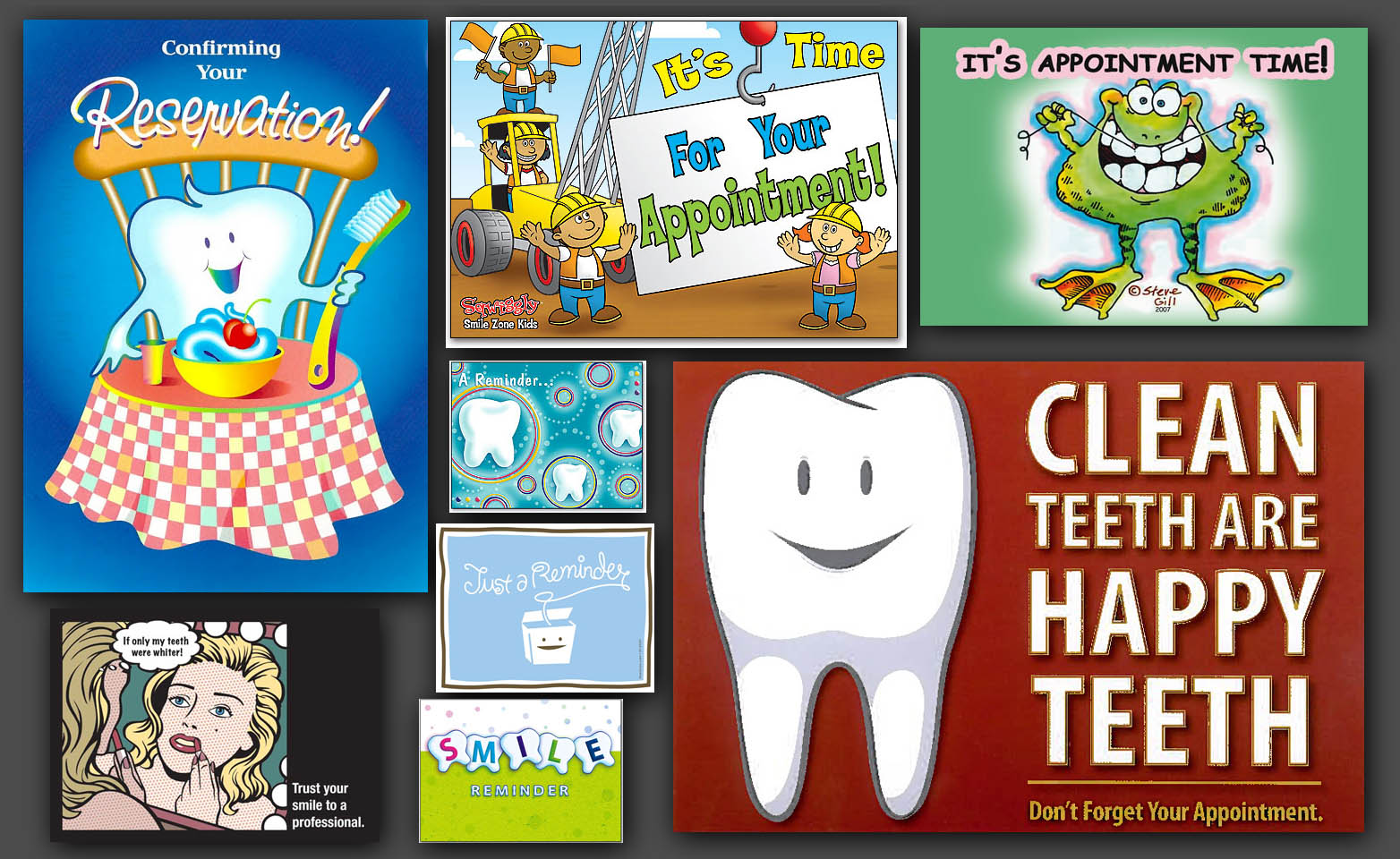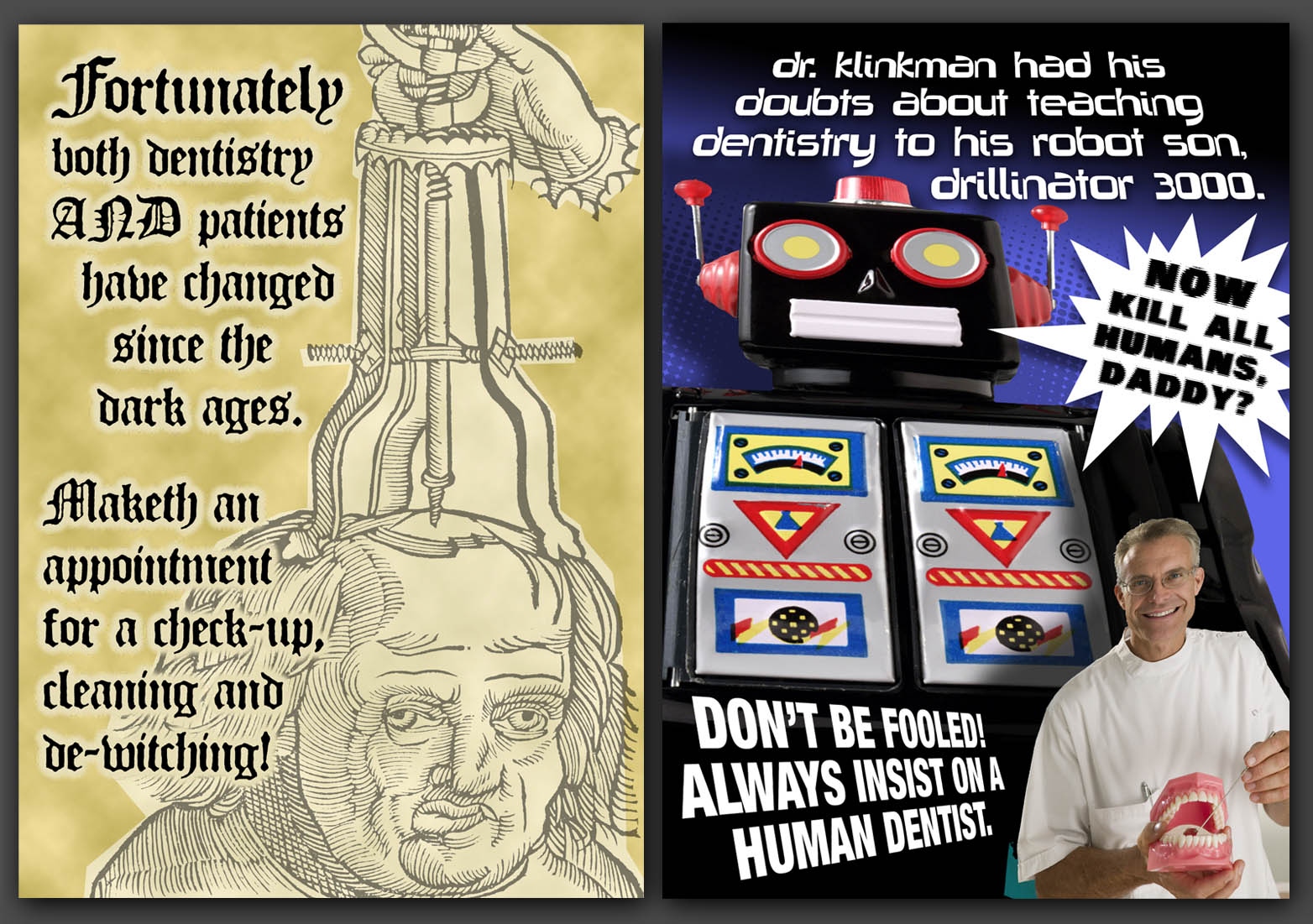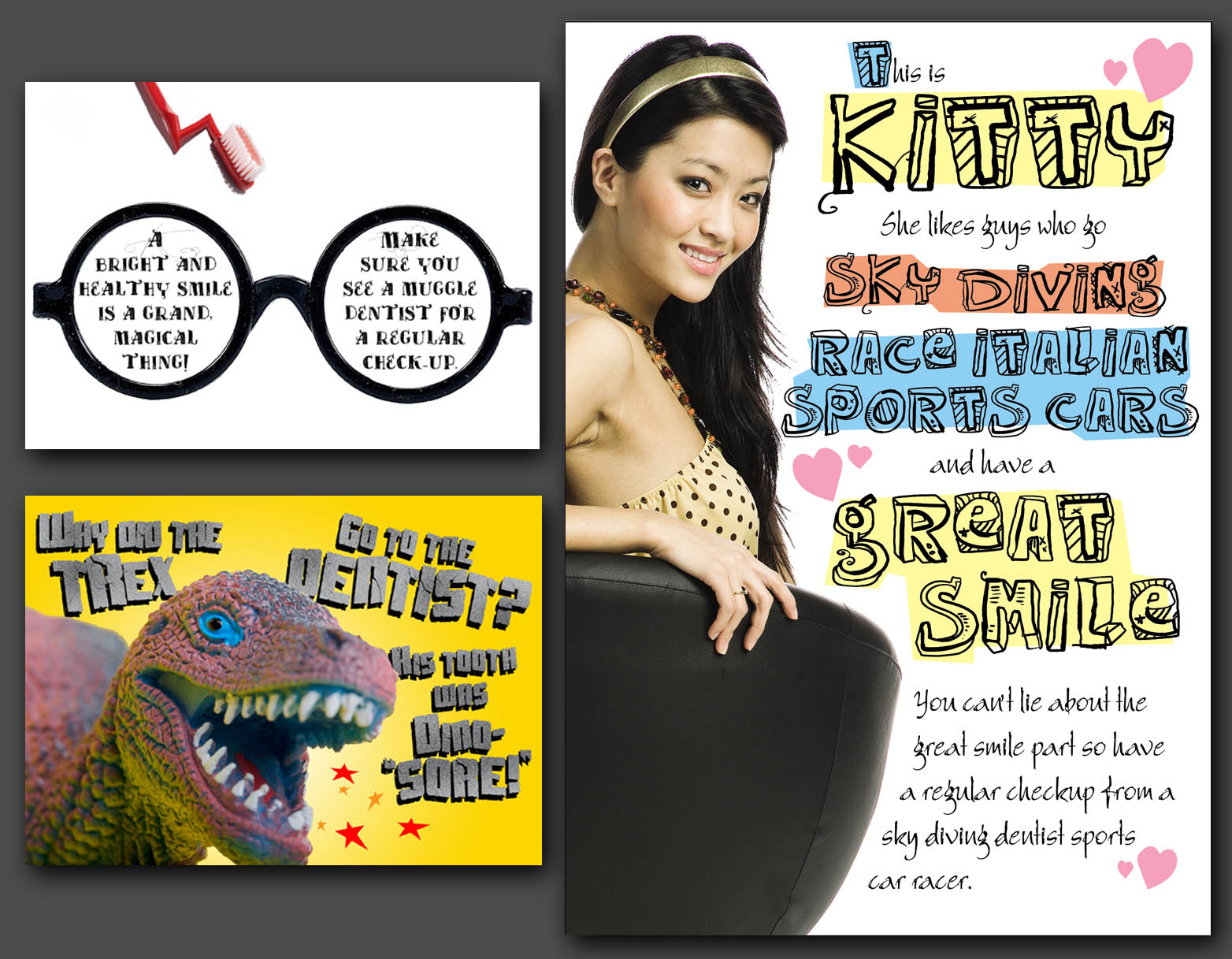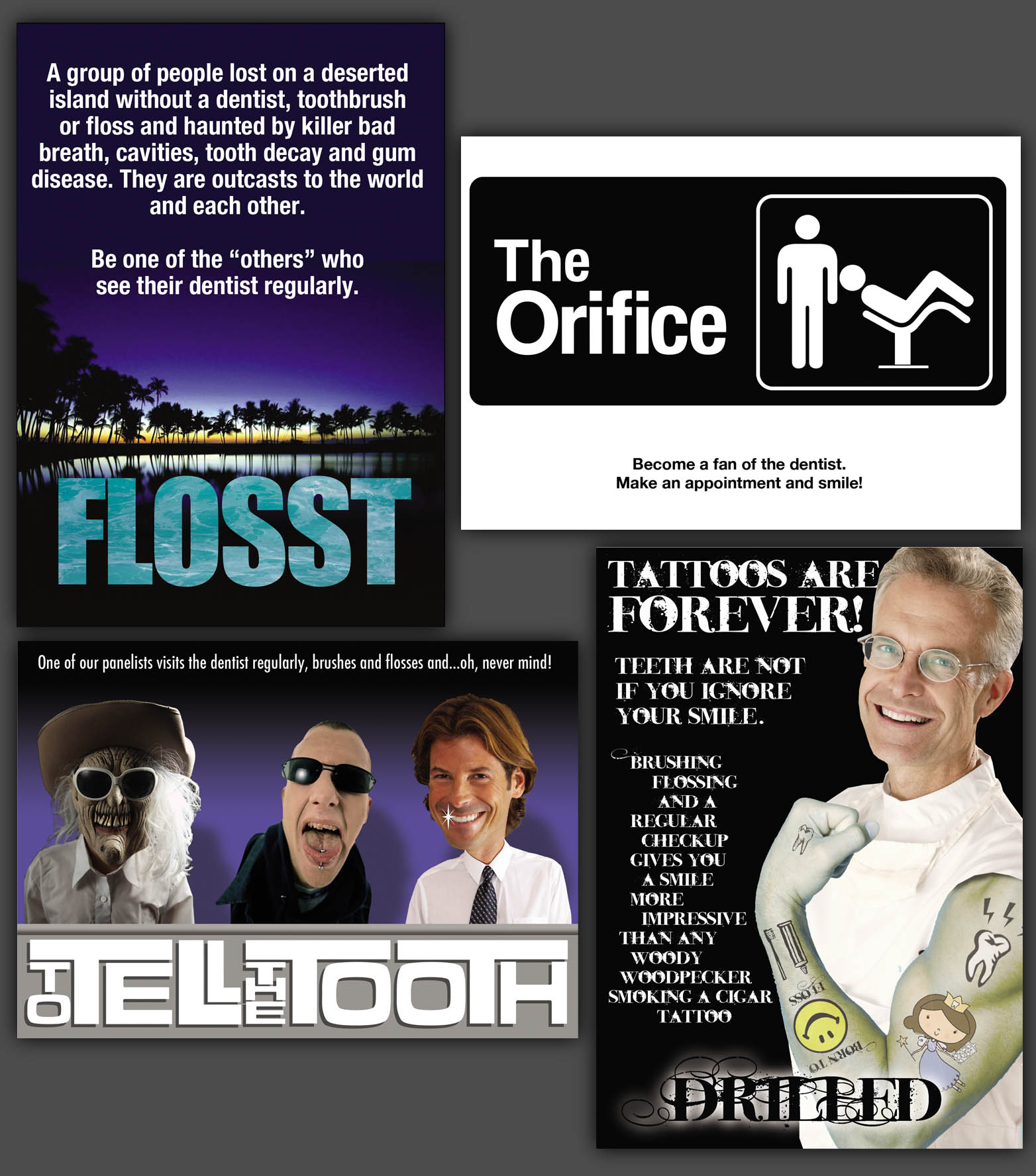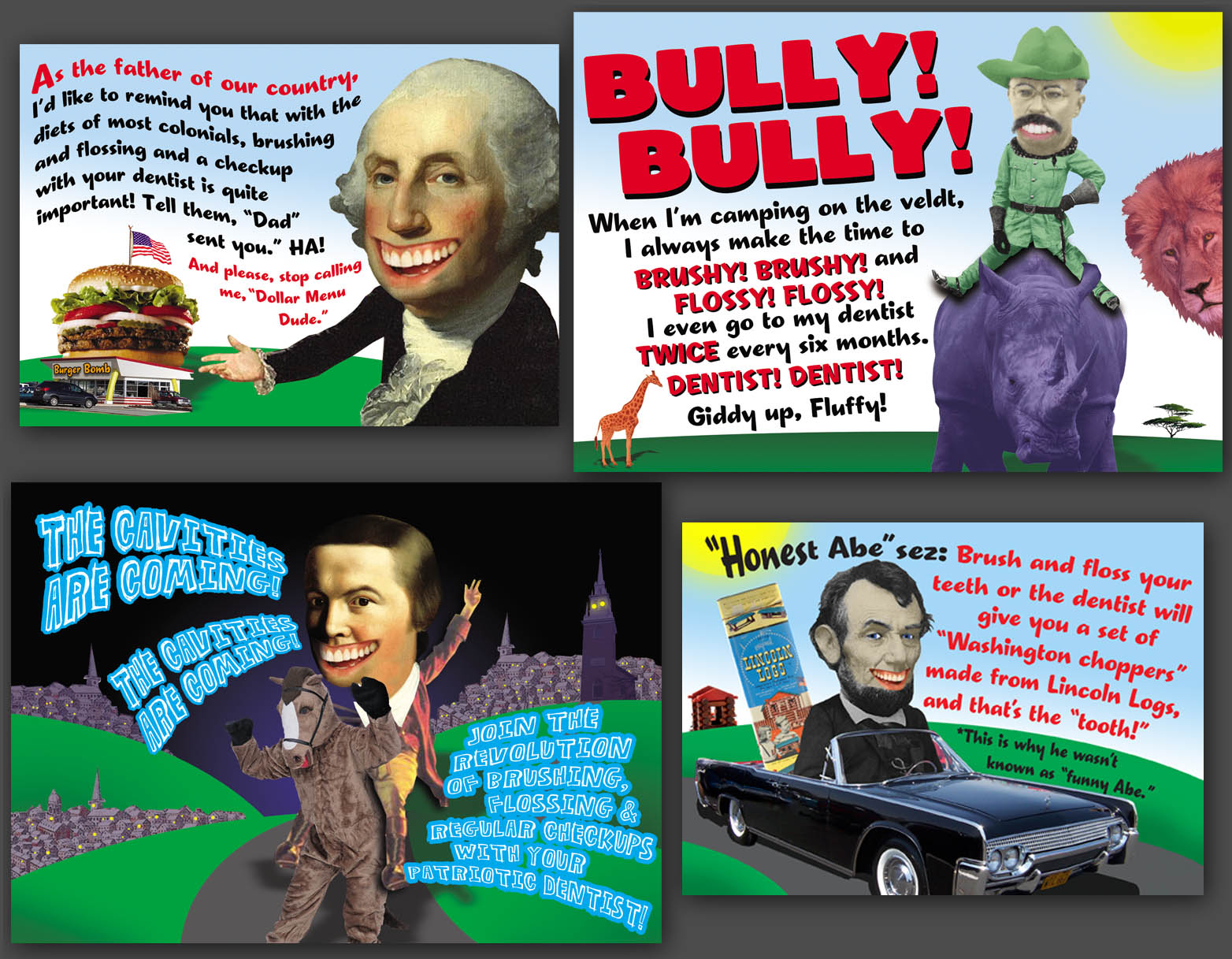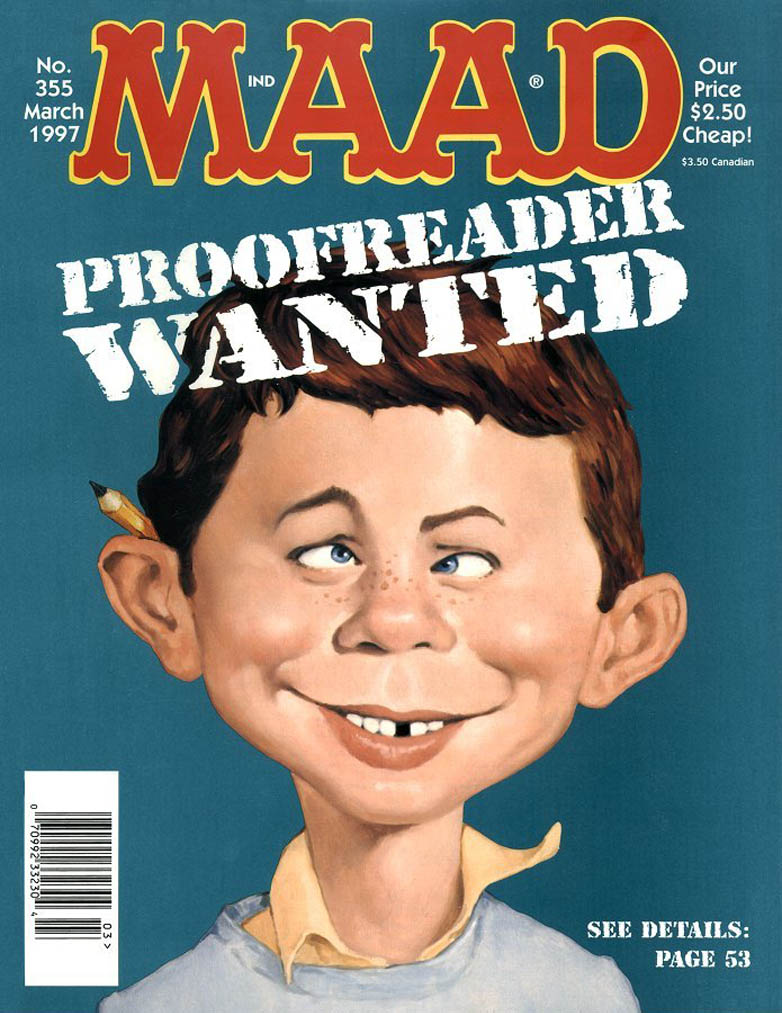
 There are three things every creative yearns to hear: "we pay the total up front," "our staff is ready to sexually reproduce with you at your request," and "be as creative as you want."
There are three things every creative yearns to hear: "we pay the total up front," "our staff is ready to sexually reproduce with you at your request," and "be as creative as you want."
The first will never happen, the second only happened to me when I was in Sweden, and the third happens, but isn't meant the way it sounds. The invitation for full creative control has some boundaries, and you have to know how to spot them, or you'll just waste time, and upset the client.
Anyone who does graphic/web design work knows that clients often say one thing but mean another. It can be terms in graphic design the client uses, hoping to impress you with their design knowledge, a descriptor thrown out that doesn't really translate properly (read this weird battle to understand the word, "sophisticated" from someone supervising a design project), or an innocent misunderstanding of the true needs of the client, and the personality of the designer.
New blood, new ideas
While living in a far away city for a short period of time, on some family business, I received a call from a local recruiter who had suggested me for a project with a local card company that specialized in appointment cards for the health industry, specifically doctors, and dentists. The new creative director said he had heard my name, and knew of my experience with Hallmark Cards, and American Greetings. He may not have known about my experience with MAD Magazine, which always flavored certain parts of my work, and often gave the taste filters at Hallmark strokes.
He was the new blood at an old, family-owned company, and wanted to bring the usual look of the reminder cards out of the 1960s, to create graphic works of art that people would keep, pinned to bulletin boards, and refrigerators, long after the appointments had been done, and over. "let your creativity run wild," he said to me.
"That's not a problem," I assured him.
The usual cards you will receive from your dentist. Cute, but hardly memorable and not the "art" requested by my client.
My first meeting with the art director — a woman who had been with the company for a couple of decades — and the staff of designers — whom I was to find out were glorified production artists — was a boost to my ego. The directions these designers were showing were snippets of things they found on the internet and seemed to echo the same old designs the company had been doing for a long, long time. I went back to my temporary living quarters/studio, and began my own research, armed with their password to a stock image source.
This project was important to me because I was stretching my creative thought. It was not just the design, but also the writing. As with other commands of, "let your creativity run wild," I wanted to show the client something they would never see with any other designer. I did, and that was the problem.
Whenever I am told to use my full creative thought, that's not what clients really mean. I always warn them that I will go to the very edge and they will have to pull me back, if needed. It is always needed, not only because most people tend to be conservative when thinking of the client, with good reason, but they also aren't used to radical ideas, even when they ask for them. The first round of card designs and copy brought some raised eyebrows, some discussion and some outright rejects.
I started out as weird as I could. A couple of cards were accepted for "further polishing," It was then I realized my "creative freedom" wasn't going to be so "free."
Little by little, some cards caught the attention of the creative director and were even expanded into a series of cards. The Abe Lincoln card, for example, sparked the call for a series of "founding fathers cards" but the lack of photos and art of anyone aside from Washington made it impossible. The "FLOSST" card brought the call for more TV spoofs, but, in the end, none were used.
Eventually, the creative director was no longer dealing directly with me and everything went through the art director, who was definitely more conservative in her approach to happy teeth holding toothbrushes and the project was done. She assured me later that none of my cards were chosen for their catalog and I apologized for missing the mark. It wasn't until I learned the creative director had left the firm that we met for lunch and he informed me that many of my cards were chosen for all international editions of the company catalog, especially the Japanese version, which made me very happy as the Japanese tend to appreciate creativity a bit over the edge. Still, many of my favorites were never to see the light of day.
A greeting card is hard!
It was my second day at Hallmark Cards, fresh out of New York, looking forward to my hopefully long career with the famous company located in Kansas City, Missouri, when a departmental memo informed us we would be brainstorming and coming up with a line of adult cards using Warner Bros. Looney Tunes characters. "Push the envelope!" said the memo.
On my fifth day with the company, still attending orientation sessions and not having sat at my desk for more than an hour each day, my fellow designers and I were led to a conference room and told to "design some cards."
We sat there for several hours, sketching and writing card ideas which were handed in and we were dismissed for lunch. I realized how hard it was to come up with cards, doing both the writing and design but was confident I had nailed the "adult" portion and had "pushed the envelope" as instructed.
I didn't know any other designers yet, being the only new hire at that time, so I went to the company cafeteria and ate alone. When I returned to the department, we were invited back into the conference room to go over the results of the morning brainstorm.
The first card the department manager showed was a stylized image of Speedy Gonzales' head and inside the card it said, "Que Pasa?"
I was confused. How was THAT "adult?" The next shown was along the same lines. As a dozen more were shown and read aloud, I realized I had gone too far with my "adult" approach.
"Now let's look at some interesting approaches by our newest designer," said the manager with a smile that told me I was in trouble and about to be held up to ridicule in front of my future coworkers… if I would still be working there on Monday morning.
On the cover was a frame from a well-known Bugs Bunny cartoon, of Bugs giving a manicure to Gossimer, the hairy red monster. "Would you like to meet an iiiiinter-esting monster?" it said on the cover. Inside, there was a winking Bugs and it said, "there's one in my pants!" *
*Due to copyrights and the fact Hallmark kept the originals, I can't show the actual cards.
As the laughter filled the room, I shrank down in my chair and other filthy cards of my making were read. As we all filed out of the room, a designer a few cubicles from mine shook my hand and said, "Welcome to Hallmark… and goodbye!"
By the end of the day, I had met everyone in my department as they had dropped by my cubicle to introduce themselves and congratulate me on coming up with the funniest cards they had ever seen. At least I made an impression.
After a quick chat with my manager about the "Hallmark" brand of taste, I told her I understood and would "dial it back a bit". I then spent the rest of the night coming up with more "acceptable solutions". Luckily, I hit the mark and spent the next seven years at Hallmark, being known as the "guy who made the dirty Looney Tunes cards" and every now and then coming up with a card idea that was a bit too forward for Hallmark (my "Mickey Muerto" Day of the Dead card was flatly rejected for a Disney project in 2001 and now Disney is trying to trademark the Mexican Holiday for their own usage — sometimes what is "too far" is merely too far ahead of current thinking).
How far do you "push the envelope?"
The blame lay with the entire MAD staff on this one. It looked like a great idea, tying in the joke of having the details of the proofreader job on page 53 of a 48 page magazine. Unfortunately, a lot of people didn't get the joke and aside from over one hundred applications for the position (which meant none of these proofreaders read the details on page 53, dozens of letters notified us that there was a misprint on the cover. In a blurb in the magazine's letters section, we blamed it on a printer's mistake and those misprinted copies were worth $2,500. Then people wrote in asking where they could sell their copy, if we would buy it and even people who spent $2,500 in anticipation of selling their copy. When it was announced that there was another misprint and the copies were worth $2.50 and not $#2,500. That's when the angry letters and threats of lawsuits started rolling in.
Obviously, one person's envelope is not as big as someone else's and pushing it varies in distance. So, the question is; do you dumb down your creative abilities to meet the taste filter of the client or try to push innovation for their own good? As mentioned in the previous paragraph, the Mickey Muerto idea was 12 years too soon. When the people from Warner Bros. (many of whom I knew from my days with that company) came to Hallmark to see our presentation on adult cards, I was made to read all of my card ideas (since I had also created cards that were more on target for Hallmark as well). The WB people laughed and came up to me after the meeting to chat, ask how such a NYC boy could end up in a city the residents fondly called "Cowtown," and told me how they wished they could produce my cards. Someday, they will, but I won't get the credit.
Likewise, when you shoot far ahead of the current popular technology, most companies will shy away from such innovation. Think about how long it has taken Google to come to market with Google Glass when the same AR technology was being introduced at least ten years ago. How many real innovations have you seen introduced in the past three years? How much in the past five years? How often have you heard your client or employer call for innovation in the company but nothing gets done?
Some say the ideal way to deal with the average work load is to find the water level of competence and accepted engagement. It is frowned upon to stand out and rock the boat, which seems to be supported by managers, judging by my peers who have been let go from their long term positions. Far be it from me to suggest any creative dumbs themselves down and settles for the status quo. Only you can decide if you will follow or lead and which will carry the danger to your career or the rewards.
A friend of mine at Hallmark had some words of wisdom for me as I was banging my head against the wall after suggesting cell phone digital greetings in 2003, only to be told that the company only did printed cards… which probably explains the massive layoffs of the past seven years.
"Include a little innovation into each and every product you design or suggestion you make," he imparted to me. He warned about taking more than baby steps for innovation when those who make the decisions are not used to changes at all. "They may call for innovation because it's a buzz word, but they don't know it when they see it, nor would they know how to deal with it, if they did."
Sage advice. A little bit here and there, unseen, like the movement of a glacier (before global warming). A little bit more green every day. Unfortunately for me, I have the landslide/avalanche-type of approach. I won't lie, and say it's worked for me more than 10% of the time. Still, I cherish that 10% and it fills my portfolio… as does those dentist cards that weren't accepted. They didn't really fail as I will eventually find a publisher who will like them or a time when society catches up to the need for that kind of humor.
Until then, I keep hoping I will find another client who will tell me to "go hog wild with my creative sense." My question to them will be, "exactly how creative is that?" I expect a confused look in return.
Do you have creative freedom at work? What happens when you try to push the envelope? How do you introduce your creative freedom with clients or your employer? Let us know in the comments.
Featured image ©GL Stock Images

